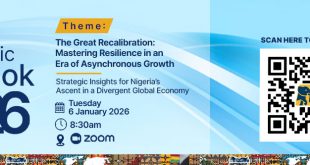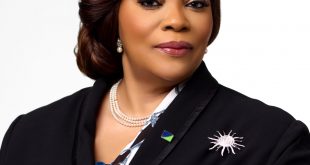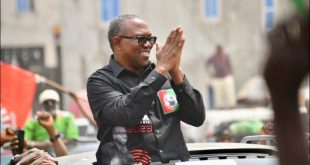
By: Philip Odiakose
In the most recent times, media monitoring has become an indispensable tool for brands aiming to stay on top of their public image, track press mentions, and gauge public sentiment. It allows businesses to identify how often they are mentioned across various platforms, providing insights that help in shaping future communication strategies. However, many brands fail to understand that even the most advanced media monitoring tools have their limitations, particularly when it comes to tracking mentions on websites with low Search Engine Optimization (SEO) rankings. This oversight can often lead to brands missing crucial mentions or even mistakenly blaming their media monitoring partners for perceived gaps in coverage.
Media monitoring relies heavily on the algorithms of search engines and the optimization level of the websites being monitored. Search engines, like Google, prioritize websites with high SEO scores—meaning these sites frequently update their content, have a high volume of traffic, and feature strong keyword integration. As a result, articles and mentions from highly-ranked websites appear quickly and are easily picked up by monitoring tools. Conversely, websites with low SEO rankings—often smaller or niche news blogs—may have their content buried or delayed in the visibility spectrum, causing challenges for media monitoring agencies trying to track every mention of a brand.
The dynamics of SEO can significantly affect how media monitoring tools pick up brand mentions. Many low-SEO websites do not adhere to the best practices of search engine optimization; they may lack proper meta descriptions, structured data, or sufficient backlinks—all critical factors in determining a site’s visibility on the web. Due to these deficiencies, even if a news story is published on such a site, it might not be immediately detected by standard media monitoring tools. This scenario is increasingly common in countries like Nigeria and other African countries where the media landscape includes a diverse array of digital platforms with varying levels of SEO sophistication. For public relations managers and communication specialists, it is essential to understand how these algorithmic nuances can impact the detection and reporting of their brand mentions.
A real-world case study illustrates this challenge well. Recently, a leading Nigerian telecommunications company raised a query with its media monitoring agency regarding a missing brand mention on a relatively obscure news blog. The blog had a low SEO ranking. Upon receiving the complaint, the agency swiftly acted to investigate the discrepancy. They checked their media monitoring tools, which typically sweep a wide range of websites, but still found no mention of the brand. They proceeded with a manual search and again came up empty-handed. However, when they directly visited the news blog in question, they finally found the missing story. The issue was not a lack of diligence or capacity on the agency’s part, but rather the low SEO ranking of the website.
Due to its low SEO, the news blog’s content was not indexed effectively by search engines, causing the media monitoring tools to miss it entirely. This incident underscored the fact that mentions on similar low-SEO websites may not be picked up immediately after publication. It highlighted the importance of brands understanding the limitations of media monitoring tools and the impact of SEO on content visibility.
For brands, this case study serves as a learning point: understanding the underlying algorithms that drive media monitoring can reduce unwarranted accusations and encourage a more collaborative relationship with their monitoring partners. It also stresses the importance of maintaining a clear line of communication with agencies, understanding the technological constraints, and recognizing that while media monitoring tools are highly advanced, they are not infallible.
Ultimately, the goal is to bridge the gap between brand expectations and the capabilities of media monitoring technologies. Brands must realize that while it is possible to optimize monitoring strategies, some challenges—like low-SEO websites—require more manual intervention and patience. By acknowledging these limitations, brands can foster a more constructive dialogue with their media monitors, ensuring that their stories are captured as comprehensively as possible.
Philip Odiakose is a leader and advocate of Media Monitoring, PR measurement and evaluation in Nigeria. He is also the Chief Media Analyst at P+ Measurement Services, a member of AMEC
 DailyrecordNg …Nigeria's hottest news blog
DailyrecordNg …Nigeria's hottest news blog








